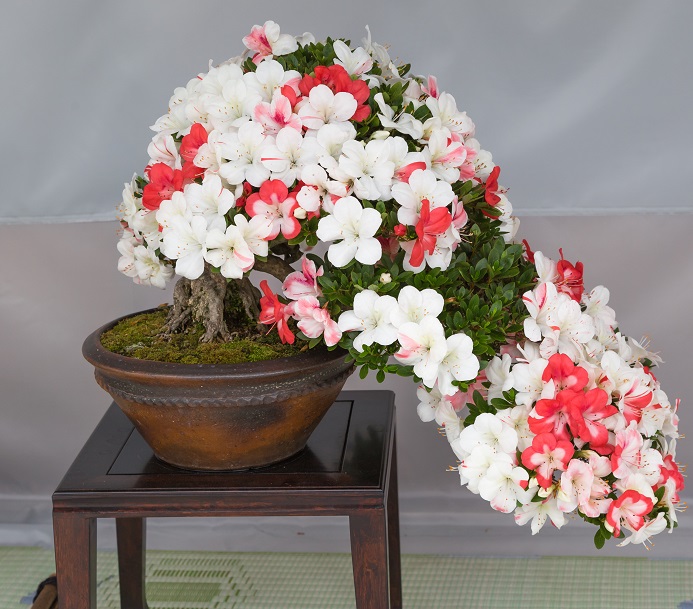We know it. We Love it. Thousands of customers around the world use it on a daily basis. But exactly what is in it? Join us as we break down our “111 Succulent & Cactus Gritty Mix” and dig deeper into the world’s fascination with this simple yet effective soil blend made by Bonsai Jack.

Bonsai Jack’s “111 Succulent & Cactus Gritty Mix” gets its humble beginnings from the more widely known and hugely popular “Al’s 111 Gritty Mix” which contains:
(1 Part) Turface MVP ®
(1 Part) Pine Bark Fines
(1 Part) Crushed Granite
Bonsai Jack’s Gritty Mix has altered the recipe a little bit but still has 100% real science behind it to improve on the original concept.

The three ingredients of Bonsai Jack’s “111 Succulent & Cactus Soil Mix” :
(1 Part) Monto Clay® (1/4 Turface MVP®)
(1 Part) 1/4 Pine Bark Fines
(1 Part) 1/4 Bonsai Block (Calcined Clay)
Lets break down each ingredient:
MONTO CLAY®
Monto Clay is short for Montmorillonite clay, and is a fired clay product used to amend soil. Montmorillonite is sold under other brand names such as Turface MVP®. Profile Products, the makers of Turface, were kind enough to create this product specifically for our customers. It is exclusive to the Bonsai Jack brand.
Although this is technically 1/4 inch Turface we are not permitted to sell it as Turface. This is because it conflicts with the Turface brand name. Because of this, the new product was branded as “Monto Clay”. Monto Clay comes from the same company, mine and processing system as Turface. It’s the exact same product, only larger.
Turface MVP has a pH of 4.4. Quarter inch Turface (Monto Clay) inch has a pH of 5.6. This makes it a great acidifier. Monto Clay is less acidic because of the reduced surface area by volume.
Montmorillonite clay is calcined (fired) to create Arcillite and offered as many product brand names including Turface, Oil-Dri, kitty litter and floor dry.
These products are proven soil ingredients for hundreds of recipes. The pH can range from 4.0 to 6.0 making it a great acidifier.
The biggest complaint of the legacy products has been the particle size that ranges from dust to 1/8th inch. This small particle size created two problems.
-
Increased surface area which increases acidity.
-
Drainage issues. Smaller particle size can settle to
the bottom of the pot and clog drainage channels when watering. This can
lead to wet and dry spots within the mix.
Monto Clay overcomes these issues with a large and extremely consistent particle size. The larger particle sizes reduces surface area, prevents
settling and increases drainage.
The particle size of Monto Clay will match all the other substrates in the mix as they pass through the same rigid screening process. Most sellers will purchase bulk
material and simply repackage it for sale. We continue to screen, crush, rescreen, wash, dry, inspect and package all of the products we offer.
Pine Bark Fines
One of the most popular organic material used in bonsai blends is Pine Bark Fines. One of the reasons for its popularity is its amazing water retention. Pine Bark breaks down rather slowly but just quickly enough to supply nourishment for the tree.
Its high cationic exchange capacity (the measure of the soil’s ability to hold positively charged ions) makes it ideal for influencing soil structure stability, nutrient availability and soil pH.
Bonsai Block (Calcined Clay)
The International Union of Pure and Applied Chemistry (IUPAC) defines calcination as ‘heating to high temperatures in air or oxygen’. But calcination also means a treatment process that brings about a thermal decomposition in solid materials. Our Bonsai Block is mined in the United States, dried then ran through the calcination process, which prevents it from breaking down and makes a suitable replacement for hard Akadama.







